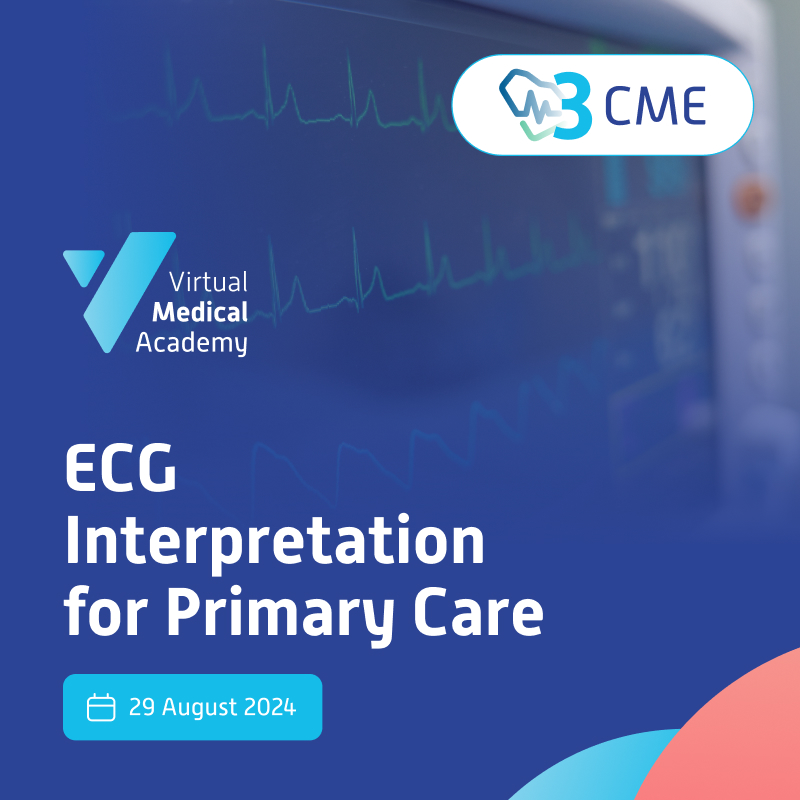Introduction
Mastering the interpretation of the 12-lead electrocardiogram (ECG) is a crucial skill for primary care providers. This comprehensive course will equip you with a systematic approach to confidently evaluate and manage a wide range of ECG abnormalities commonly encountered in the primary care setting.
This course is designed for primary care providers, including family medicine physicians, general practitioners, and physician assistants, who aim to enhance their skills in ECG interpretation and management of common cardiovascular conditions.
The course will be delivered through a combination of interactive lectures, case-based discussions, and hands-on ECG interpretation exercises. Participants will have the opportunity to apply the learned concepts to real-world scenarios.
Objectives
By the end of this course, you will be able to:
1. Describe a systematic approach to interpreting a 12-lead ECG in the primary care setting
2. Identify normal ECG components and waveform characteristics
3. Recognize common abnormal ECG findings in primary care, such as arrhythmias, conduction disturbances, and ischemic changes
4. Define the different types of heart block and understand their management
5. Calculate the corrected QT (QTc) interval and recognize situations associated with QTc prolongation
6. Develop a risk stratification strategy for patients presenting with palpitations
Main theme
The course language is English
This Course For :
Speaker
Price
Course Fee
Full Course
 115
115 See Registration Policies, Cancellations & Refunds
Contact Information
Organization : Virtual Medical AcademyPhone : 920008161
Email : [email protected]
 115
115
VAT Included
 29 Aug 2024 To 29 Aug 2024
29 Aug 2024 To 29 Aug 2024 -
 08:00 PM To 11:00 PM
08:00 PM To 11:00 PM  Certificate Available
Certificate Available  Under Process 3 CME hours
Under Process 3 CME hours
3 Accredited CME Online
Online
- 159




